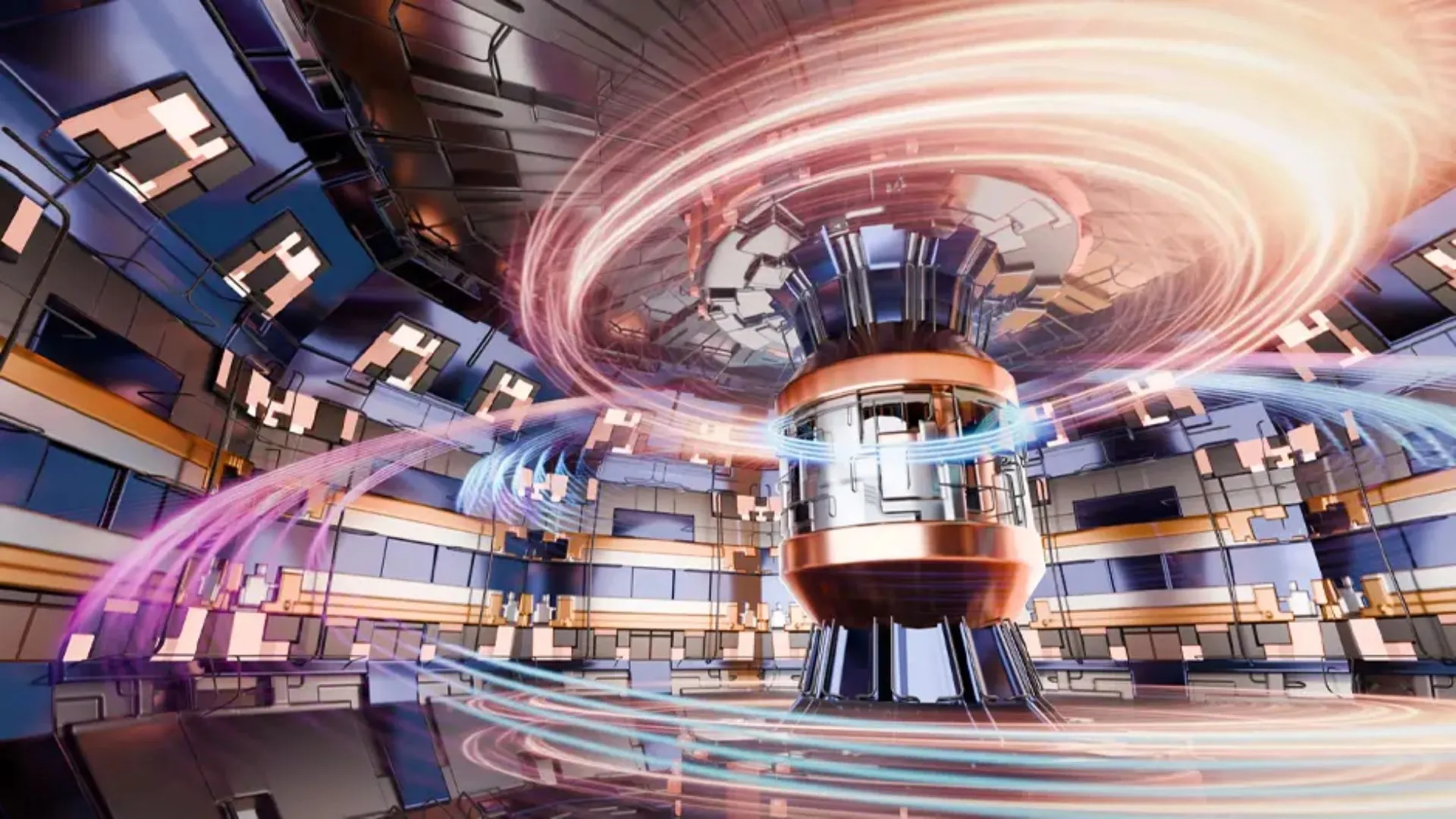Copyright Interesting Engineering

In a laboratory at the University of Miami, mechanical engineer Giacomo Po is pushing the limits of material science. Using a focused ion beam, he sculpts a metal alloy into a structure hundreds of times smaller than a human hair. Then, under a powerful scanning electron microscope, he studies how it responds to stress and heat. “We’re interested in how the metal behaves under high stress and temperature,” explained Po. “And by modifying the sample, we’ll be able to see what happens to it at different stages of deformation.” The goal of this precise nanoscale work stretches far beyond the lab. Po’s research could help unlock the same nuclear reaction that powers the Sun—fusion energy—a potential game-changer for clean, limitless power. “Fusion power is the holy grail—a dream that scientists have been chasing for decades,” Po reflected. Building materials for extreme fusion conditions To make fusion reactors possible, scientists must design materials that can endure temperatures soaring to tens of millions of degrees. Inside these reactors, metals are subjected to constant radiation, extreme pressure, and blistering heat. Tungsten, known for its strength and melting point, is currently a leading candidate. However, even tungsten has limits under these extreme conditions. Researchers are now turning to a new category of materials called high-entropy alloys to take their place. “So, we’re delving deep into the study of high-entropy alloys,” Po explained in the press release. These alloys, formed by combining five or more elements in nearly equal amounts, are celebrated for their strength, corrosion resistance, and stability at high temperatures. Yet their behavior under radiation stress—known as “irradiation creep”—remains unclear. “We need to know how long they can survive in a fusion reactor before they become brittle,” Po added. Testing alloys under the microscope To answer that question, Po and his Ph.D. students use a combination of high-temperature deformation experiments inside an electron microscope and advanced computer modeling. “The advantage with this method is that we’re able to rationalize what we’ve observed in experiments into models and equations, and then we test the models and experiments at the same scale,” Po explained. “If the models hold up, then we’ll get a better understanding of the alloys’ performance and how we could potentially improve them.” Grants from the U.S. Department of Energy and the National Science Foundation CAREER Program support his research. Po emphasized that their work is one piece of a massive international effort. “We’re working on just one aspect of achieving fusion power. The challenges are numerous, and the quest is collaborative in nature,” he mentioned in the release. Teams from the U.S., China, Japan, India, South Korea, and the European Union are all racing toward the same goal, with more than $10 billion in private investment pouring into fusion startups over the past few years. The promise of fusion energy Recent milestones have brought that dream closer. At the National Ignition Facility in California, scientists achieved a net energy gain from a fusion reaction for the first time. In the UK, the Joint European Torus sustained 69 megajoules of fusion energy for five seconds, using just 0.2 milligrams of fuel before closing in 2023. “Fusion power can literally change the world,” Po stated. He reminded that fusion differs from fission, which splits atoms and creates radioactive waste. “Instead, think of joining pieces together,” he explained. Fusion merges two light atomic nuclei into a heavier one, releasing immense clean energy. “Imagine an electric grid powered by a stable, low-cost, and abundant source of energy that doesn’t rely on the burning of fossil fuels or the unpredictability of wind or solar energy. Electric vehicles with minimal or no charging costs. The ability to purify water from the ocean, removing the salt,” Po said. “That’s the promise of fusion energy.”



